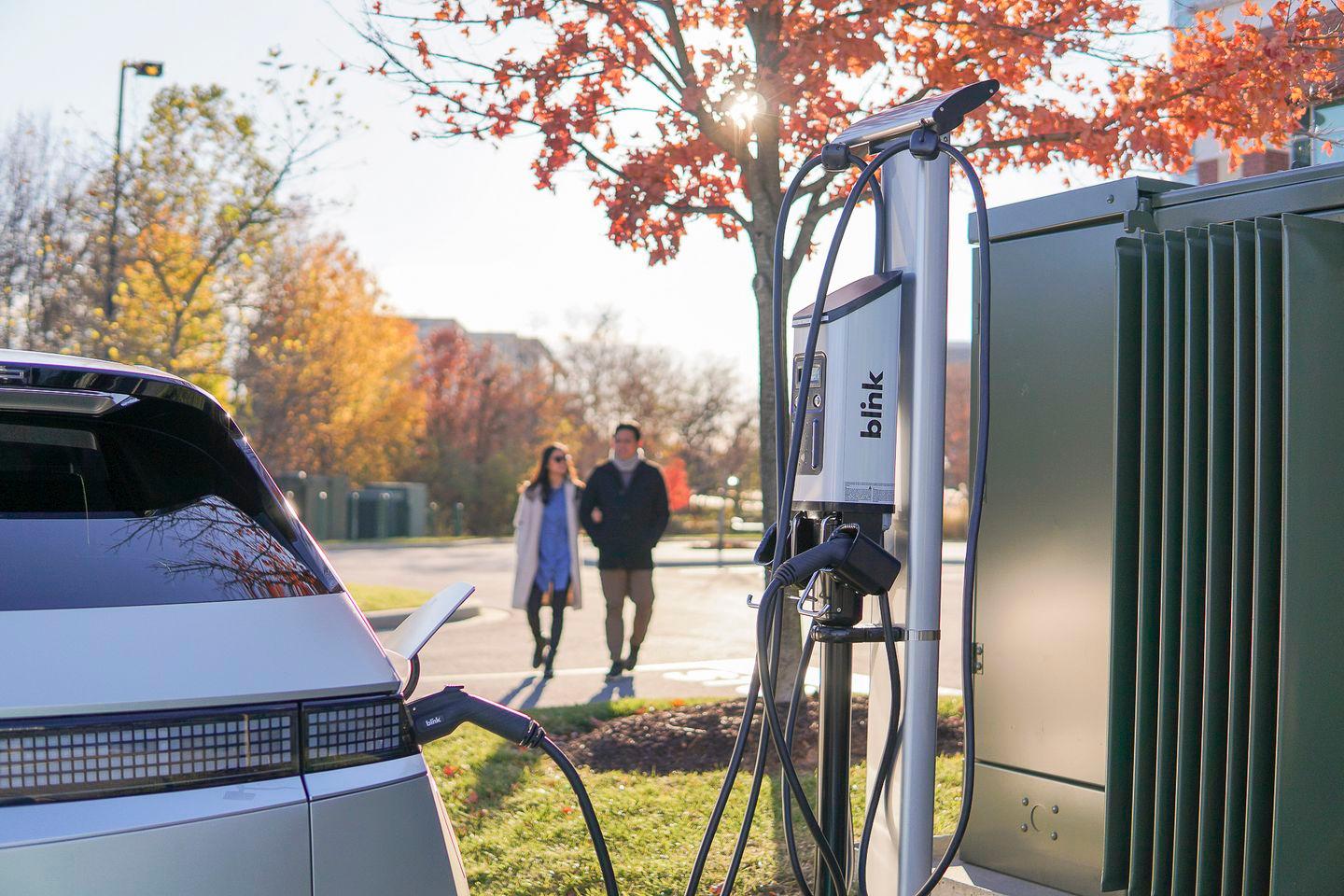The accelerating shift towards sustainable lifestyles has fueled the adoption of electric vehicles as a primary mode of daily transportation. In 2023, Kelley Blue Book reported an unprecedented purchase of 1,189,051 electric vehicles in the United States alone, while global EV sales are projected to range between 9.6 million and 14 million battery electric vehicles (BEVs). Looking ahead to 2024, S&P Global Mobility anticipates 13.3 million global sales, with Bloomberg NEF forecasting an even higher figure of 16.7 million. The demand for innovative solutions to effectively manage EV energy consumption has never been more critical. Demand response management for electric vehicles is emerging as a pioneering solution, addressing the challenges associated with increasing EV adoption and contributing to the broader transition to a greener and more sustainable future.
Blink Charging is innovating demand response management while steadfastly committing to delivering reliable and dependable EV chargers for the electric vehicle community.
Last year, Blink introduced a new demand response feature, enhancing grid management alongside existing local load management capabilities.
Load management facilitates cost reduction by sharing power among multiple chargers, while demand response enables hosts to engage in grid optimization programs.
Participation in demand response programs can lead to incentives from utility companies: the U.S. Department of Energy highlights the use of sensors and Automated Demand Response signals to prevent power overloads during peak demand, benefiting both utilities and businesses in terms of reliability and cost savings.
Here’s what you need to know about demand response and Blink.
What is Demand Response?
While electric vehicles are celebrated for their eco-friendly and efficient design, they present a challenge to the power grid during peak hours or certain energy events. Recognizing this, grid regulators and utility companies are actively considering demand response strategies for electric vehicles. These strategies take a proactive approach to harmonize energy supply and demand, integrate new energy sources, and offer financial incentives to encourage participation.
So what is Demand Response (DR)? In simpler terms, think of demand response as a sort of allocation system for electric power. The International Energy Agency (IEA) defines it as “balancing the demand on power grids by encouraging customers to shift electricity demand to times when electricity is more plentiful or other demand is lower, typically through prices or monetary incentives.” By utilizing automated demand response signals, utility providers can instruct residential and commercial sites to reduce energy consumption during energy events, thereby preventing blackout and brownout situations. The IEA predicts that by 2030, approximately 15% of annual electricity demand could be shifted using demand response strategies under the current growth of demand response, or up to 25% in a Net-Zero Scenario.
How Will Electric Vehicles Impact the Electricity Grid?
While electric vehicles will create new demand for the electricity grid, they will cause less than EV skeptics think. In a scenario with medium or high EV adoption, the United States would need to add 15-27 terawatt hours (TWh) annually by 2050. PwC projects that the EV load must rise from 24 TWh to 468 TWh by 2040, a 1850% increase, yet only “9% to 12% of the projected US grid capacity, which is under the current reserve margins.”
A significant portion of the United States electricity grid is outdated and in need of substantial upgrades to accommodate new demands. However, demand response and grid management technologies can help alleviate pressure and identify alternative approaches to meet these evolving needs. Automated Demand Response (ADR) technology offers a cost-effective solution to manage occasional surges in demand and minimize the need for expanding generation capabilities. While numerous utility customers have already embraced demand response programs, which adjust thermostats or turn off non-essential lights, there is now an opportunity to automatically reduce power at EV charging stations using automated signals. Blink’s demand response feature supports utility demand response programs, aiming to enhance grid management alongside existing load management capabilities.


